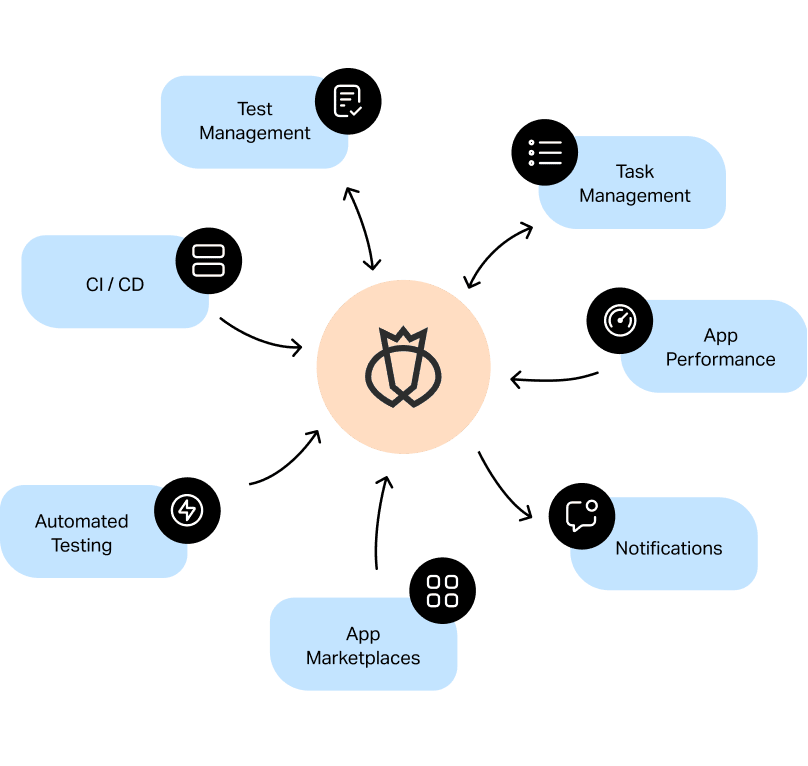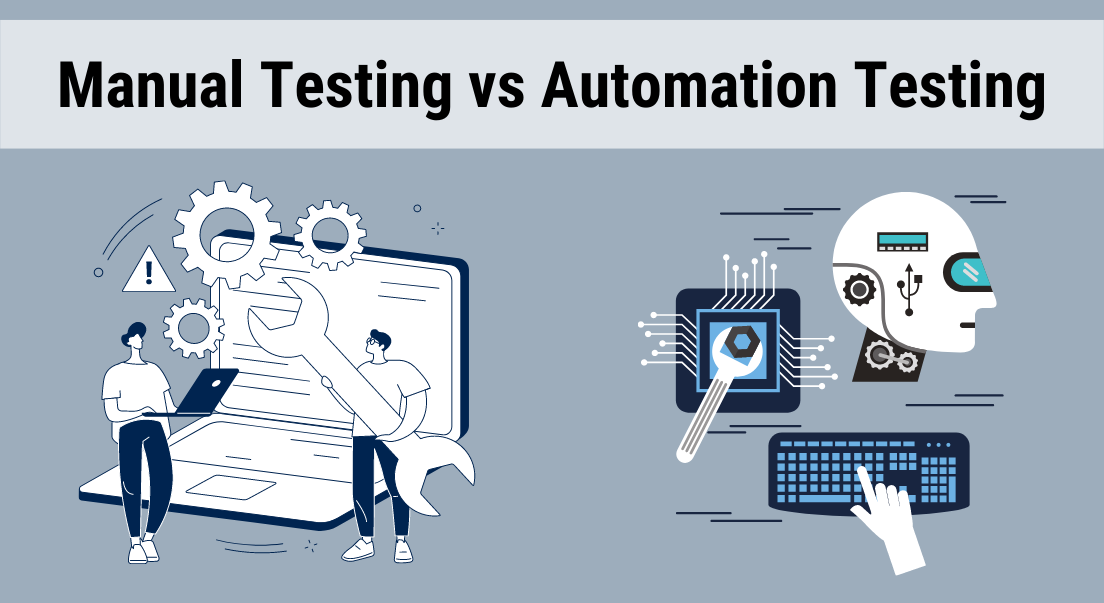Selecting the Right Devices for Effective Automation Testing Solutions
Selecting the Right Devices for Effective Automation Testing Solutions
Blog Article
From Guidebook to Automated Screening: A Comprehensive Overview to Transitioning Smoothly and Efficiently
In the world of software program testing, the change from handbook to automated processes has actually become a significantly important change for companies seeking to improve efficiency and precision in their testing methods. The journey from guidebook to automated testing is not without its obstacles, but when come close to strategically and with a clear strategy in mind, the benefits can be substantial.
Advantages of Automated Testing
Automated screening provides numerous advantages, boosting efficiency and precision in software advancement processes. One main advantage is the significant reduction in screening time. Automated examinations can be run all at once on multiple gadgets and running systems, dramatically speeding up the testing phase contrasted to hand-operated testing. This enhanced effectiveness enables faster feedback on the high quality of the software program, enabling developers to determine and attend to concerns quickly.
Additionally, automated testing guarantees a higher degree of precision in finding flaws. Consistency in testing is additionally enhanced, as automated tests perform the same actions precisely each time they are run.
Picking the Right Tools

First of all, evaluate your demands and goals. Comprehend the range of your job, the innovations included, and the skill set of your group. This evaluation will assist you figure out the capabilities and features you call for in your testing tools.
Second of all, think about the compatibility of the tools with your existing procedures and systems. Smooth integration with your current software application growth lifecycle is crucial to make certain a smooth shift to automation.
Additionally, evaluate the scalability and adaptability of the tools. As your screening requires evolve, the devices must be able to adjust and suit changes properly.
Finally, factor in the assistance and community around the devices. Robust assistance and an active customer neighborhood can provide beneficial resources and aid when carrying out automated testing. By carefully thinking about these aspects, you can choose the right devices that align with your demands and set the stage for an effective transition to automated screening.
Creating Effective Test Manuscripts

When crafting examination scripts, it is crucial to take into consideration the particular needs of the software application being tested and make sure that the scripts resolve all crucial functionalities. Clear and detailed naming conventions for examination scripts and examination situations can enhance readability and maintainability. In addition, incorporating mistake handling mechanisms within the examination manuscripts can assist in recognizing and dealing with problems promptly.
Moreover, organizing test manuscripts right into modular components can enhance reusability and scalability, lowering redundancy and enhancing performance in examination script upkeep. Normal reviews and updates to check manuscripts Full Report are essential to equal progressing software program demands and performances. By adhering to these principles, testers can produce durable and effective examination manuscripts that contribute considerably to the success of automated screening procedures.
Integrating Automation Into Workflows
By perfectly integrating automated testing devices like Selenium or Appium into the software application development lifecycle, groups can accomplish faster responses on code modifications, leading to quicker bug discovery and resolution. This integration enables for constant screening throughout the growth procedure, guaranteeing that any issues are recognized early on, resulting in greater software application quality. Correct assimilation of automation devices needs cooperation between development, screening, and procedures groups to establish a unified operations that optimizes effectiveness and performance in delivering high-grade software application items.
Ensuring a Smooth Shift
Effectively transitioning to automated screening involves precise planning and mindful implementation to reduce interruptions and make the most of efficiency in the software application advancement procedure - automation testing. To make certain a smooth change, it is important to start by carrying out a thorough assessment of the current testing processes and identifying areas where automation can bring the most significant benefits. Engaging with all stakeholders early in the procedure, consisting of programmers, testers, and task supervisors, is vital for amassing assistance and buy-in for the automation campaign
Interaction is crucial during this shift phase. Clear communication of the objectives, advantages, and assumptions of automated testing assists to manage any type of resistance or issues that may occur. Additionally, offering sufficient training and resources for team members to upskill in automation tools and techniques is vital for ensuring a successful change.

Verdict
To conclude, transitioning from manual to automated screening supplies numerous benefits, including enhanced effectiveness and integrity. By selecting the appropriate tools, composing efficient examination manuscripts, and incorporating automation flawlessly into process, organizations can ensure a smooth and successful shift. It is vital to accept automation as an important property in software testing processes to boost general top quality and performance.
In the realm of software screening, the change from manual to automated procedures has actually become a significantly essential shift for companies looking for to improve performance and accuracy in their screening practices. Automated tests can be run at the same time on several devices and running systems, considerably speeding up the testing phase compared to hand-operated testing. Consistency in testing is also improved, as automated examinations execute the same steps specifically each time they are run.To make sure the successful application of picked testing tools, the production of reliable test manuscripts plays an essential function in confirming the functionality and efficiency of automated processes - automation testing. By adhering to these concepts, testers can create durable and reliable examination manuscripts that add considerably to the success of more info here automated testing processes
Report this page